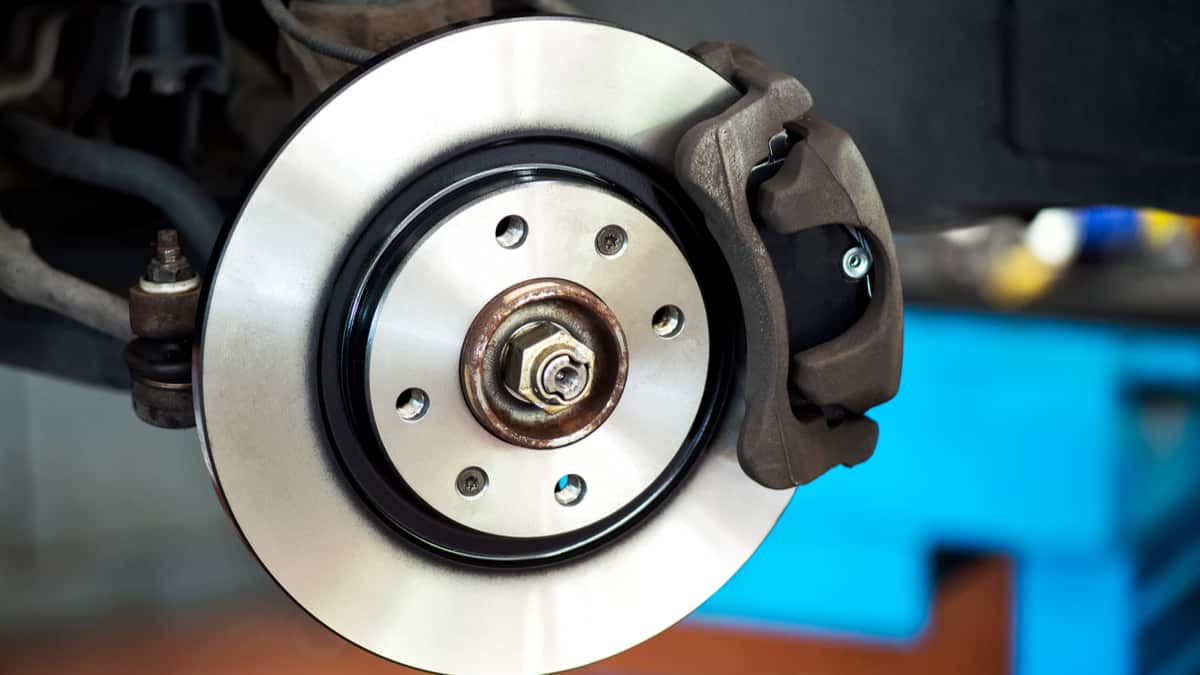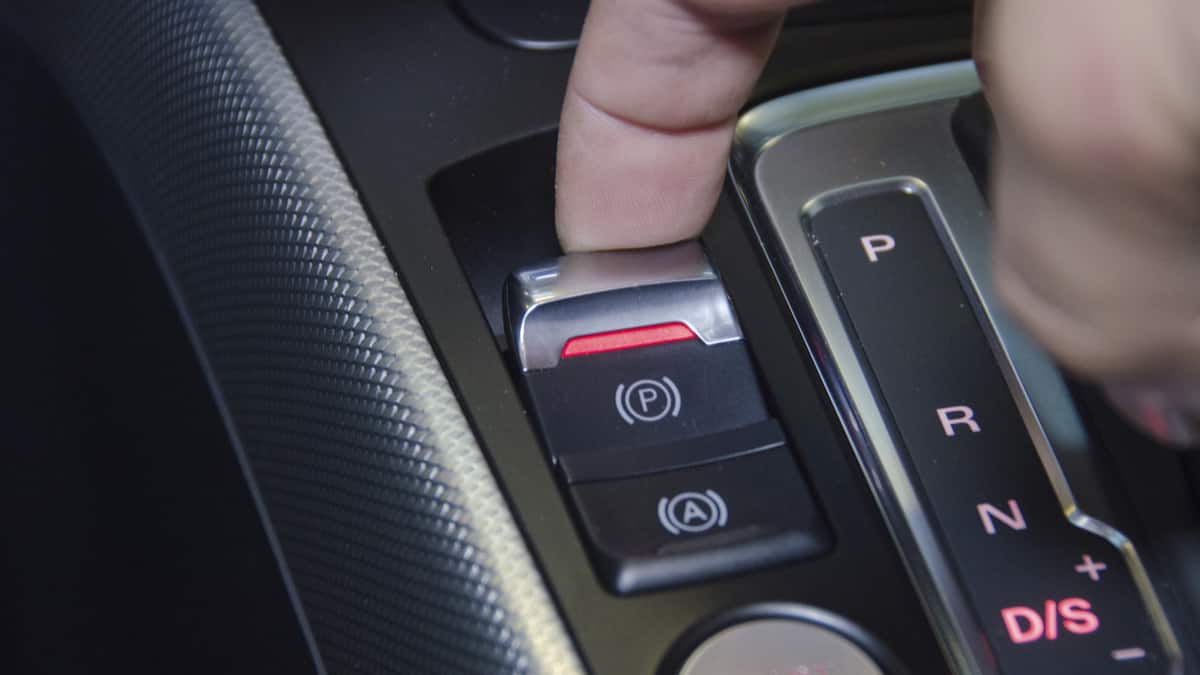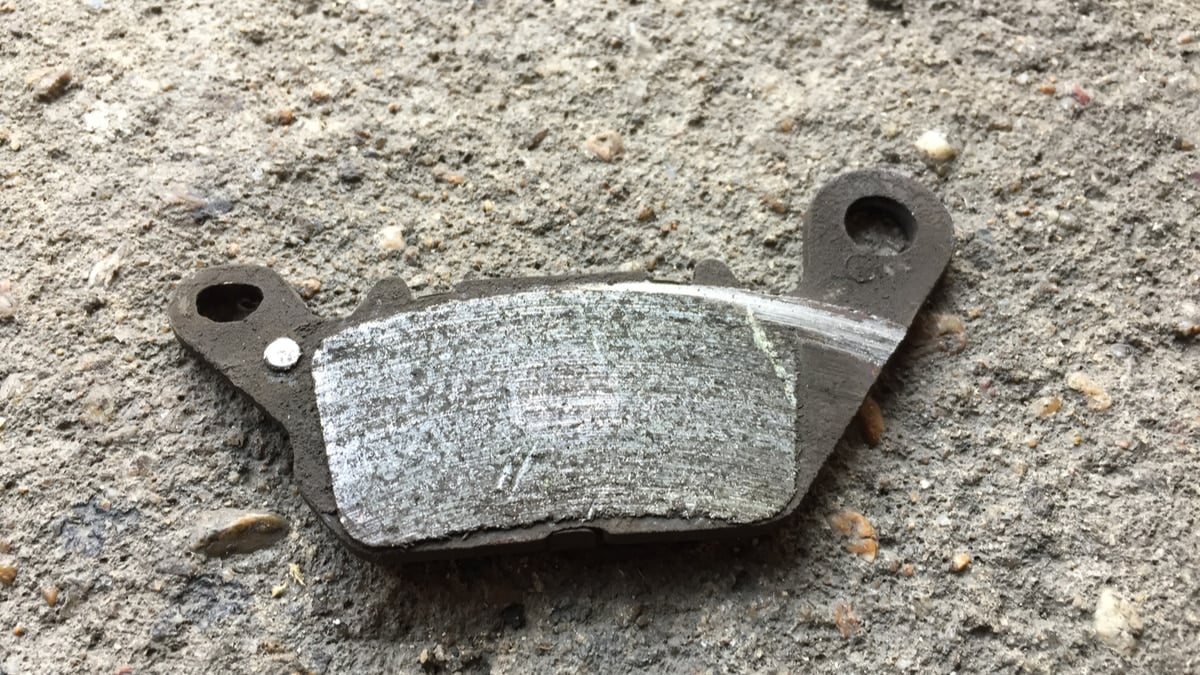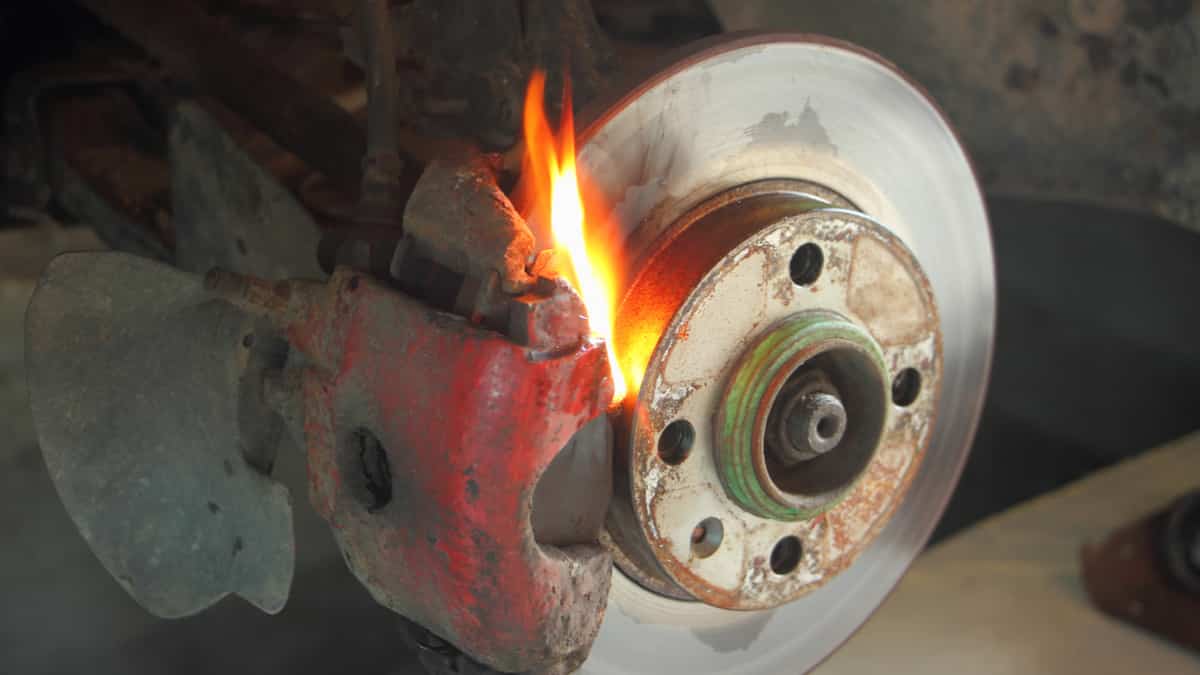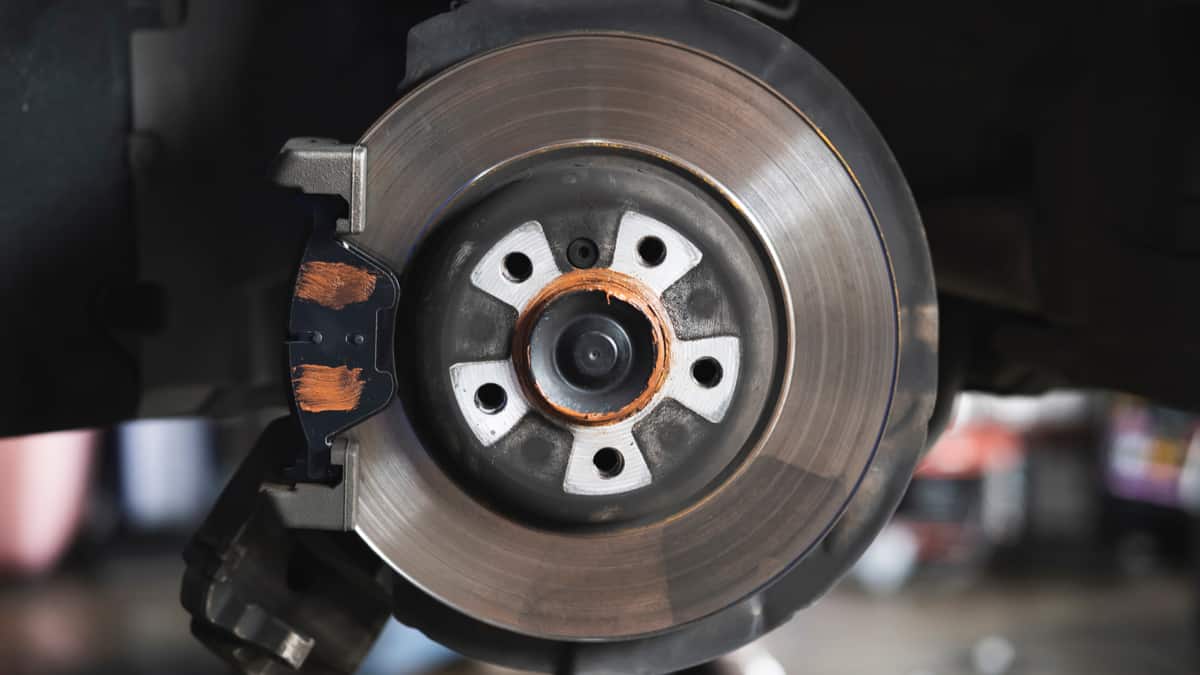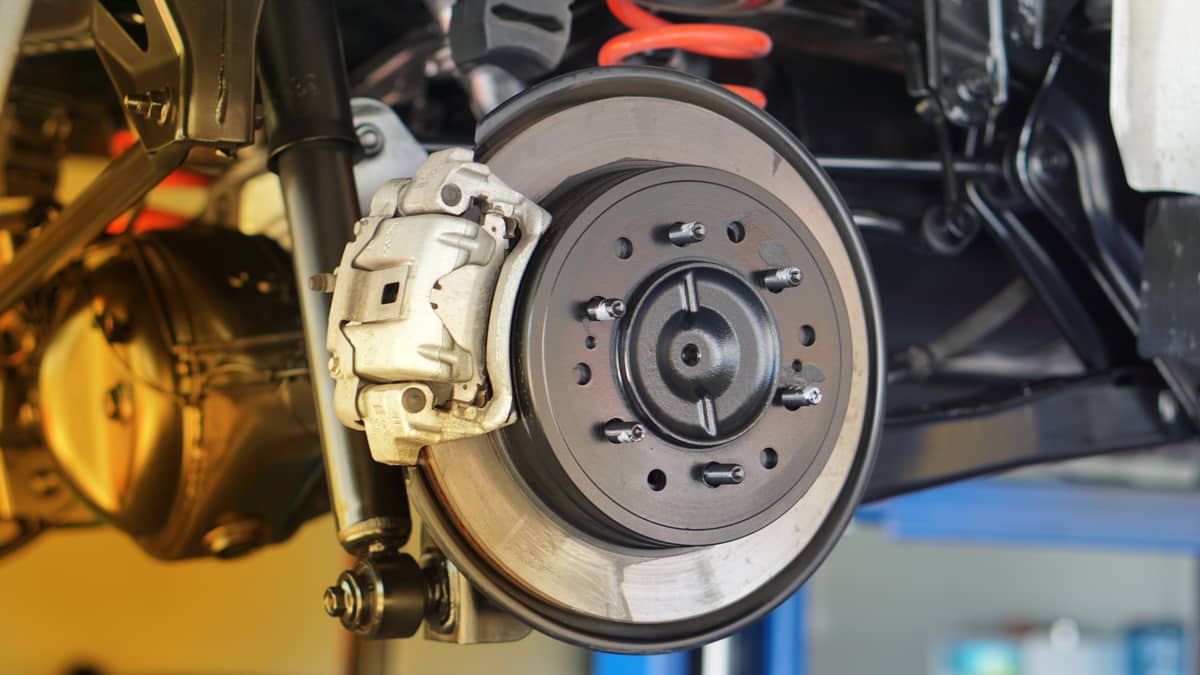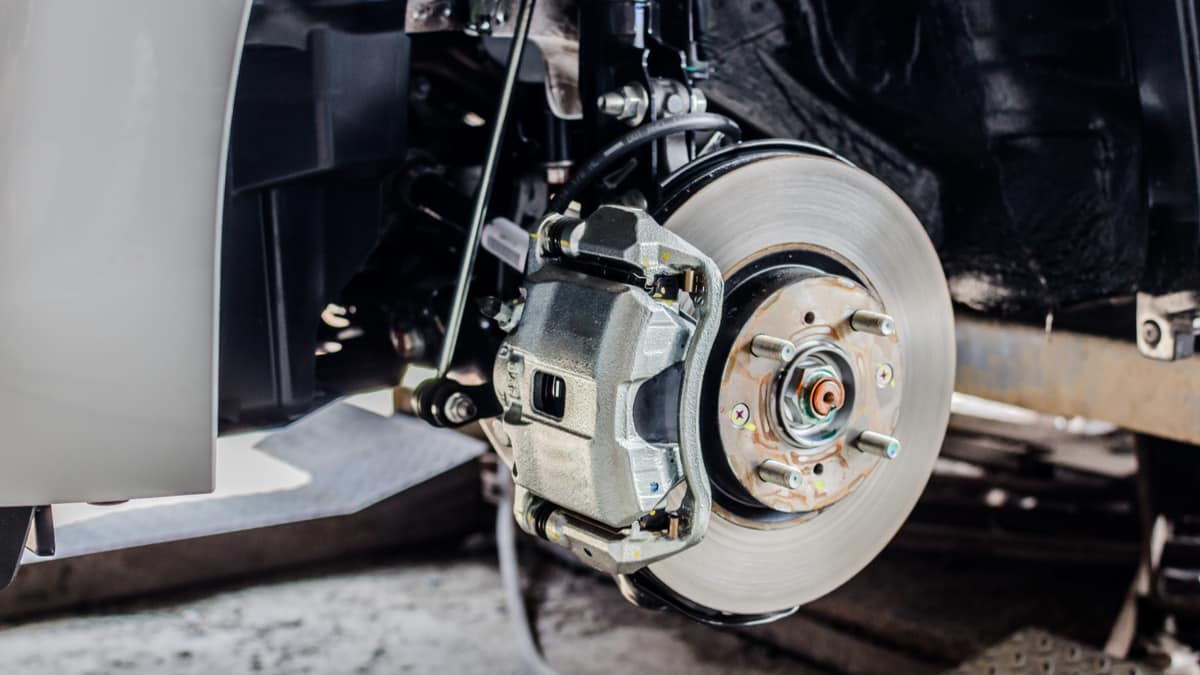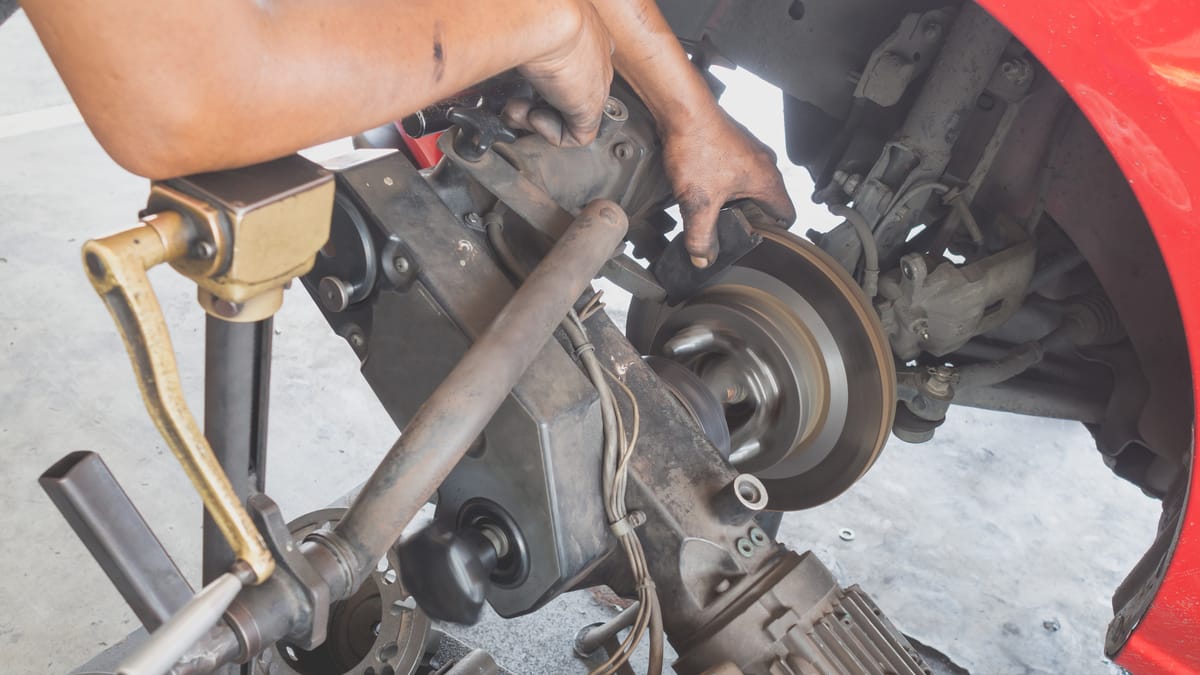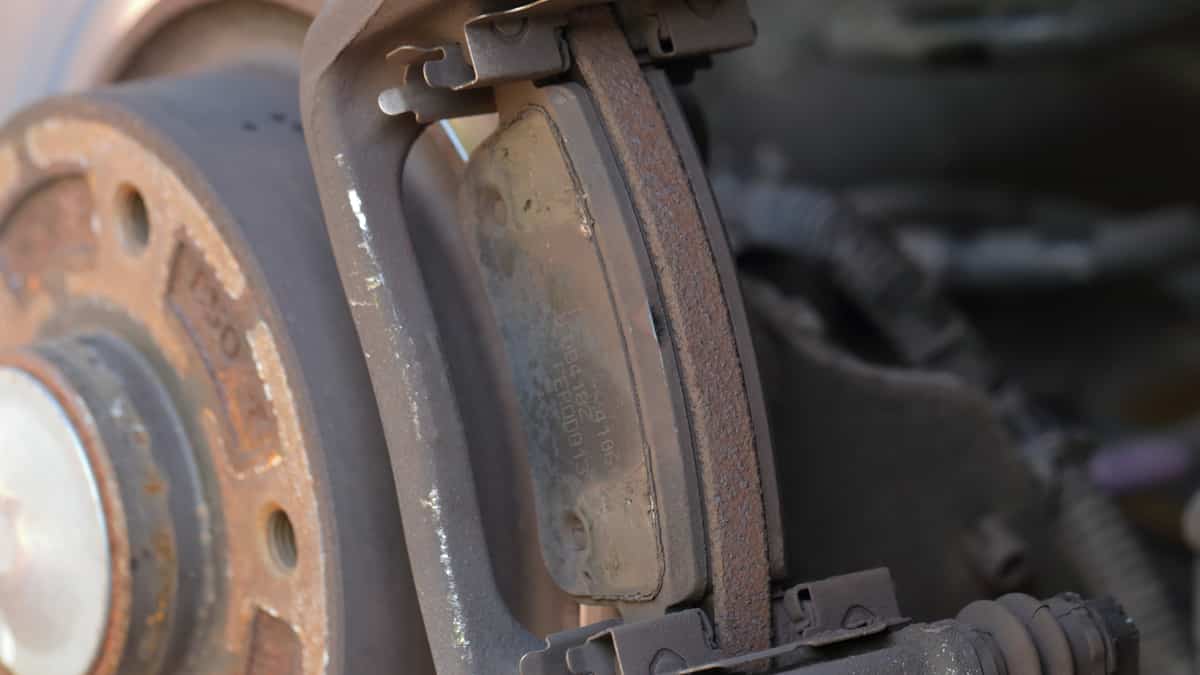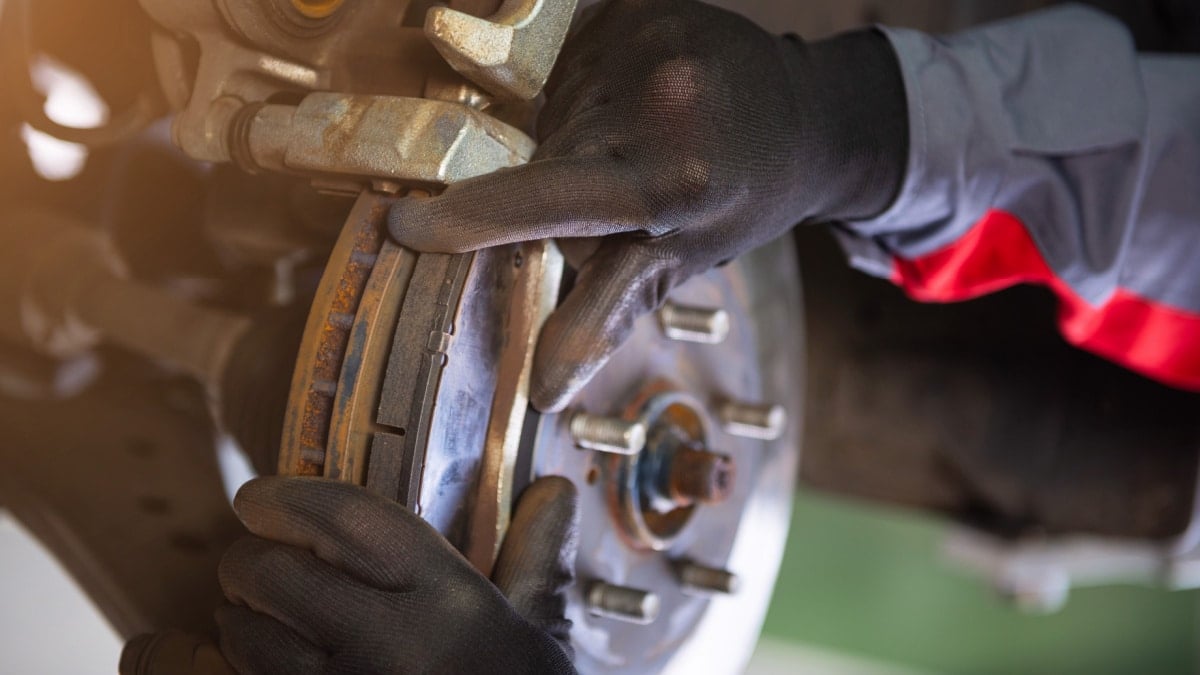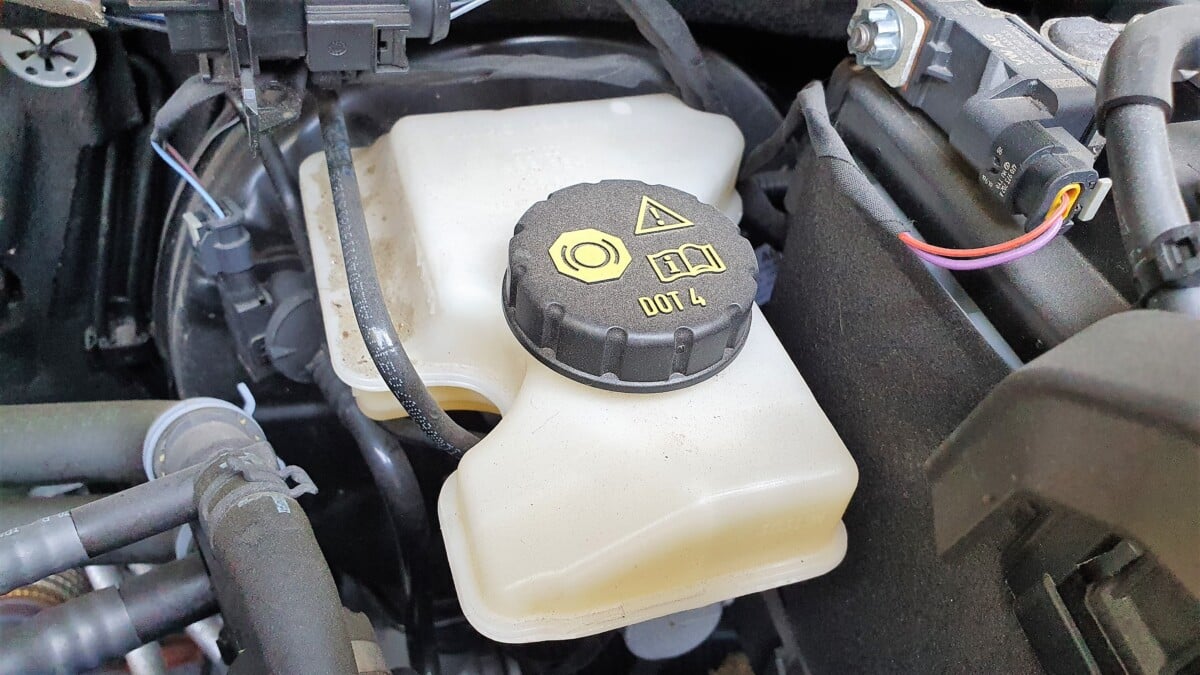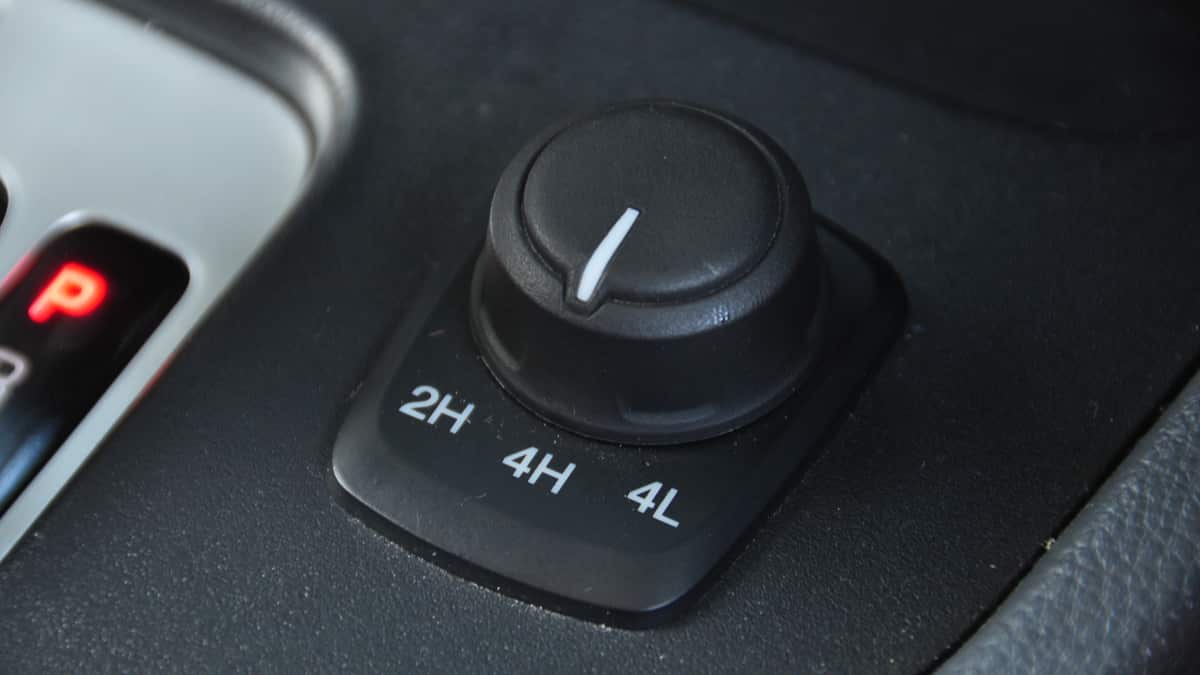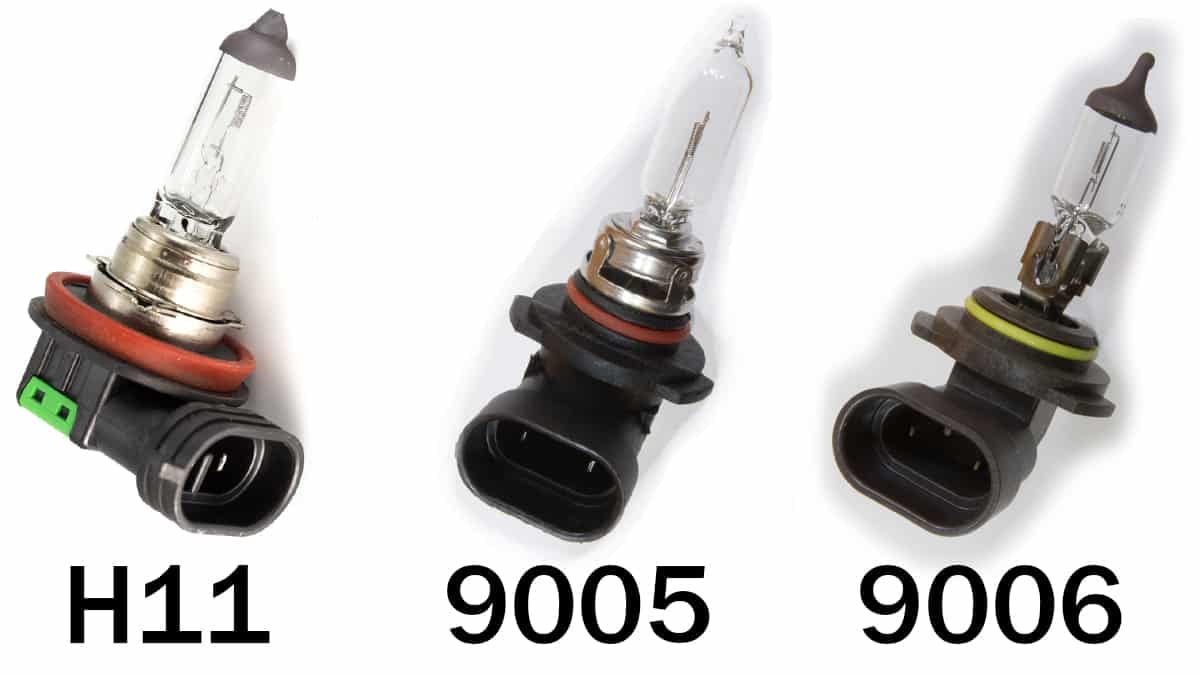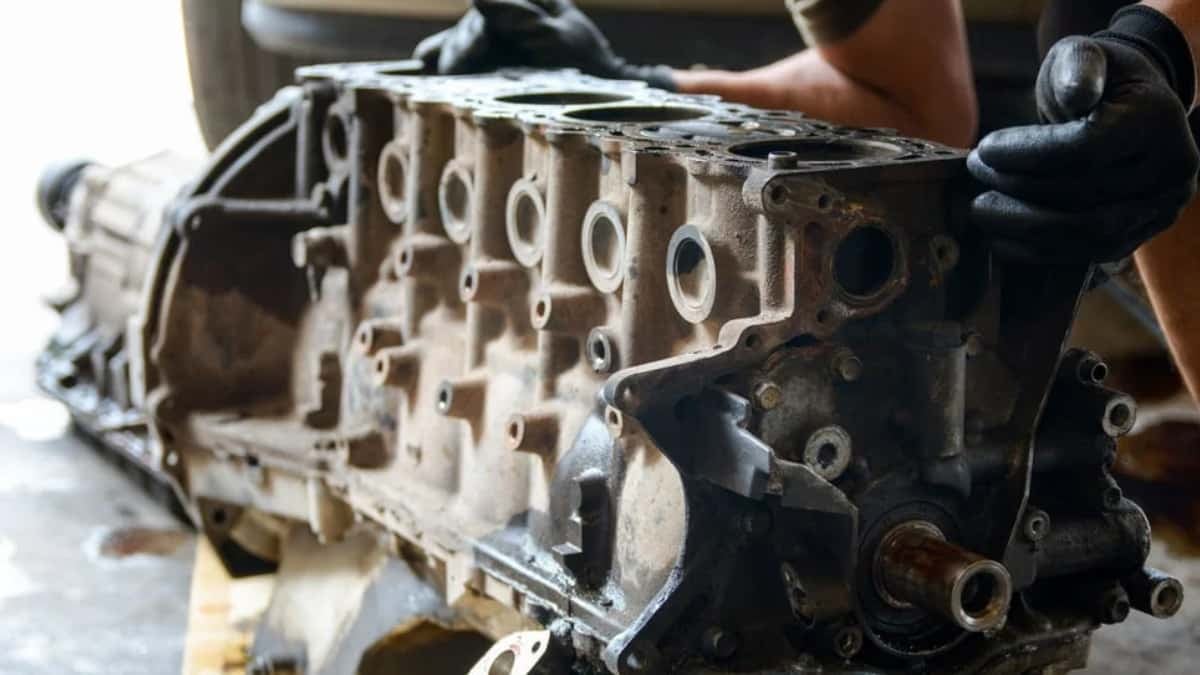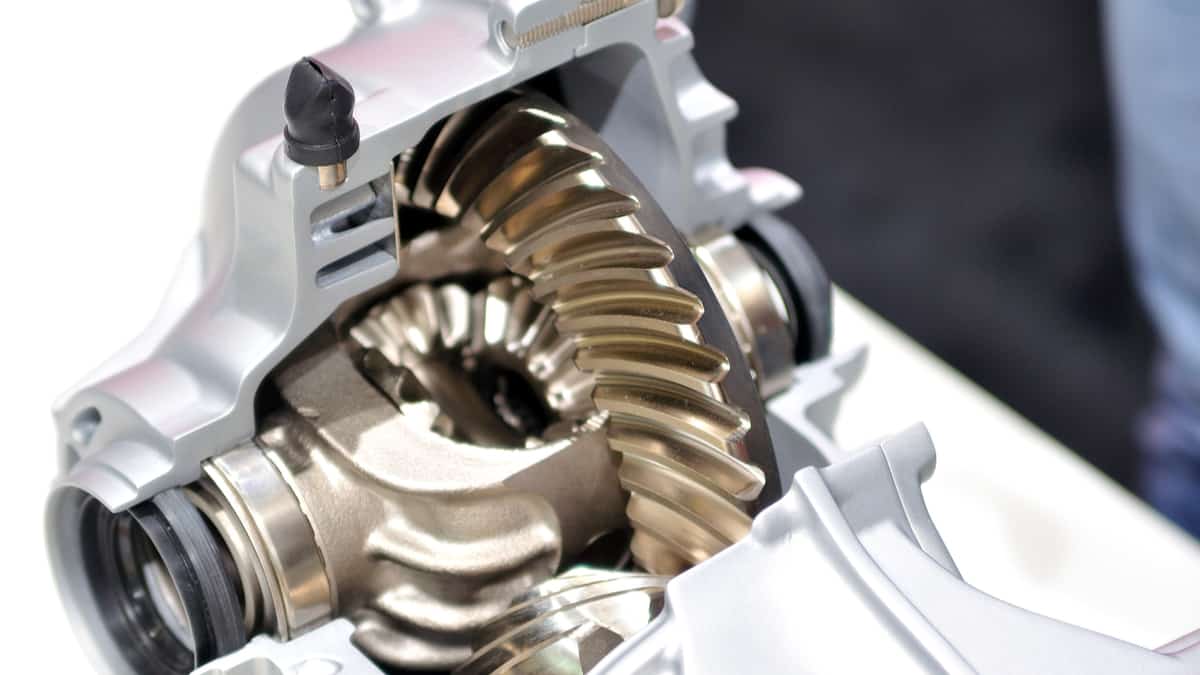When it comes time to stop your vehicle, you need a high-quality set of brake pads doing the work. However, there are numerous types of brake pads to choose from, so you need to know which type to buy. Your biggest decision will be choosing between ceramic vs. organic brake pads.
In this article, I examine organic and ceramic brake pads, looking at the pros and cons of both. In the end, we will discuss which brake pads are right for your vehicle and driving style. So let’s begin with a quick look at the difference between ceramic vs. organic brake pads.
What’s The Difference Between Organic And Ceramic Brake Pads?
The main difference is that ceramic brake pads last longer than organic brake pads, but organic brake pads are often cheaper. Neither of them is made for heavy towing or high-performance. In this situation, you would want metallic brake pads instead.
While these are just the basic differences, there is much more to it. Let’s take a deeper look into the differences between organic vs. ceramic brake pads:
What are Organic Brake Pads?
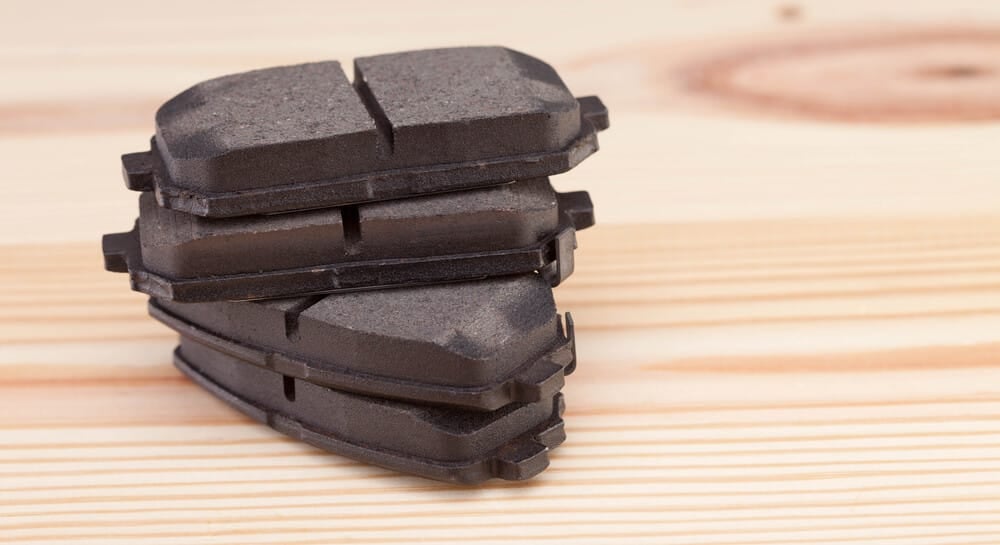
It wasn’t that long ago that brake pads were made of asbestos. This heat-absorbent material worked well for the stress that the brake pads endured. However, it was also found to be an extremely dangerous carcinogen, leading to cancer when prolonged exposure occurred. Over time, the brake pads wear down and released this dangerous substance onto the tires where it could get into the air. To resolve this problem, manufacturers started creating a safer compound for use on brake pads.
The result of this shift was organic brake pads, otherwise known as non-asbestos organic brake pads (NAO). These days, organic pads are found on most vehicles in the United States.
Organic brake pads contain a variety of products mixed together, such as carbon, rubber, Kevlar, fiberglass, glass and more. These products are mixed together with resin to create the modern brake pad design.
Pros
There are many reasons that organic brake pads are some of the most popular on the market.
- Create Less Dust: When compared with other types of brakes, the organic pads will create much less dust, which keeps your wheels cleaner.
- Low Cost: These are some of the cheapest brake pads you can choose.
- Create Minimal Friction and Heat: Because they aren’t performance brakes, there is less friction and heat created, making them ideal for daily commuters.
- Quiet: You aren’t going to hear the same amount of noise with organic brake pads as the metallic options.
- Don’t Stress the Rotors: With less abuse being put on the rotors, you avoid expensive braking system repairs down the road.
Cons
While all of that sounds great, there are some downsides to using organic brake pads. When compared with other styles, you will see some organic brake pad disadvantages.
- Some Types Can Wear Out Quicker: Because they are made of various materials, they can wear out sooner. This means you will have to perform more frequent brake pad replacement.
- Not Meant for Extremes: The organic brake pads are meant for a smaller temperature range, so they won’t work well in climates that are hot. Additionally, they don’t function well while towing because they overheat.
- Harder To Activate: With a high level of compressibility, the organic brake pads force drivers to push harder on the brake pedal for engagement.
What are Ceramic Brake Pads?
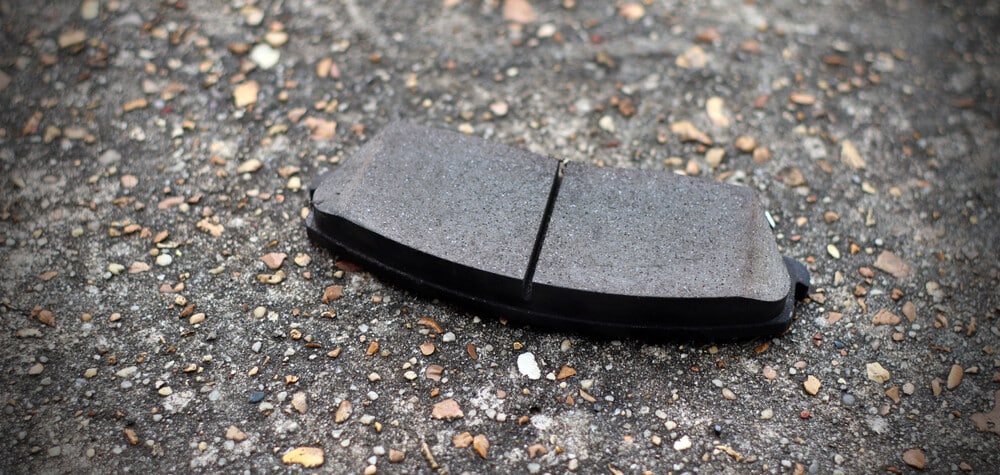
Ceramic brake pads are constructed from the same type of material used for plates and pottery, but the ceramic is more durable and denser. In the pads, there are also some finer copper fibers that are embedded Into the material to increase heat conductivity and friction resistance.
Ceramic brake pads first entered the market during the 1980s and have been steadily gaining in popularity.
Pros
It isn’t hard to see why this material is so popular, especially when looking at the pros of using ceramic brake pads.
- Even Quieter: If you think organic brake pads are quiet, just wait until you hear the ceramic variant. This super-quiet design is one of the top reasons people choose ceramic brake pads.
- Reduced Residue: Ceramic brake pads produce little to no brake dust, leaving the vehicle even cleaner than with organic brake pads.
- Meant for the Long Haul: Because of the construction, ceramic brake pads wear down at a slower rate. While you will spend more on this design, you will be replacing the brake pads less frequently.
- Requires Less Effort: With this design, owners have to push less on the brake pedal to activate the stopping power.
Cons
As with all things, you will also find some disadvantages to using ceramic brake pads. Here are some of the reasons people avoid using ceramic pads.
- Higher Cost: Ceramic brake pads cost more to manufacture. This cost gets passed onto the consumer, making these some of the most expensive options on the market.
- Additional Wear and Tear: Copper and ceramic don’t absorb heat the same way that organic brake pads do. Because of this design, the heat that’s generated by the braking system will pass through the pads and affect other components. Users often experience the need for other repairs more frequently.
- Not Meant for Extremes: If you regularly tow, drive in extreme weather conditions or race your vehicle, the ceramic brake pad might not supply the stopping power that you need.
Which is Better – Ceramic or Organic Brake Pads?
If you do a lot of urban driving and have the money to buy the best option, ceramic brakes are an ideal choice. Not only will you have to replace them less often, but they are quieter and produce less dust than the organic brake pads.
On the other hand, there’s nothing wrong with using organic brake pads, especially if you are looking for a lower-cost option. The brakes are meant to provide safe stopping power and won’t break the bank.
Neither the ceramic or organic brake pad is designed for heavy towing or high-performance. In these situations, you would want metallic brake pads instead. However, there are some drivers who do better picking one of these options.
Categories: Brakes
